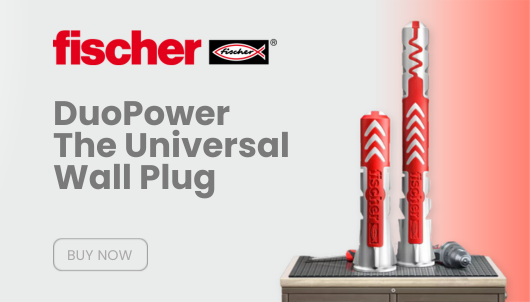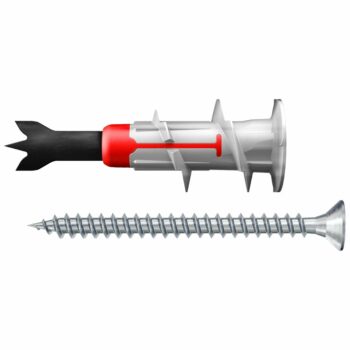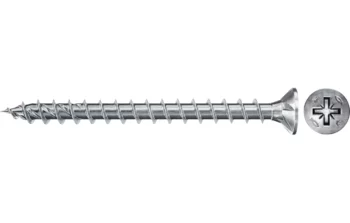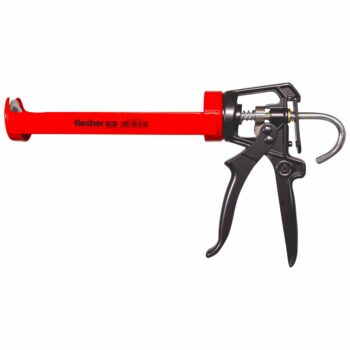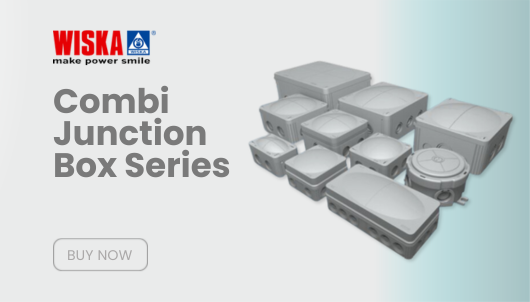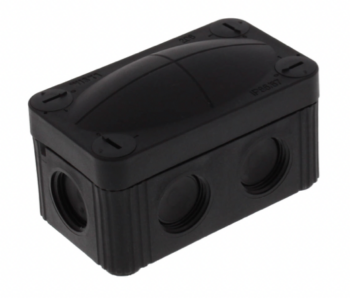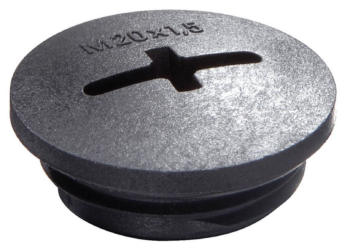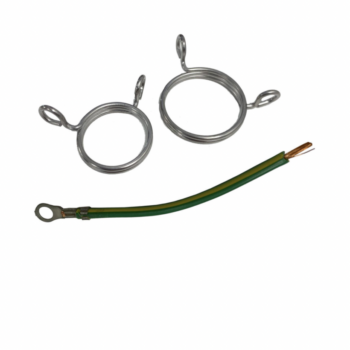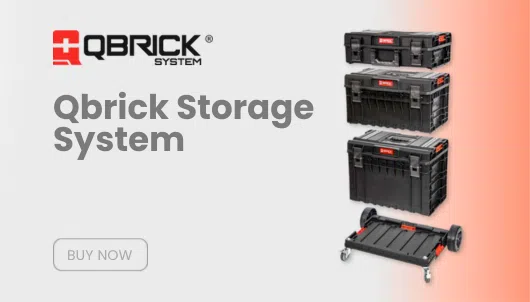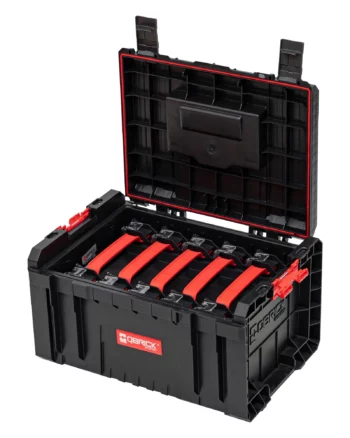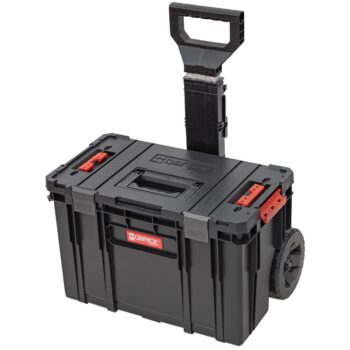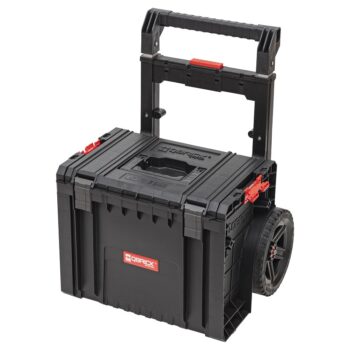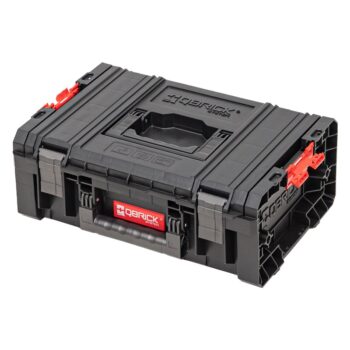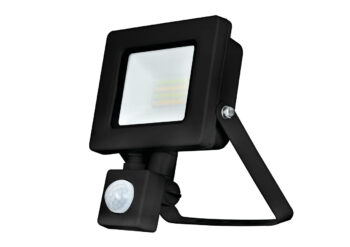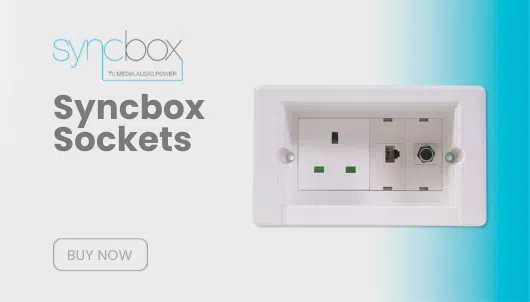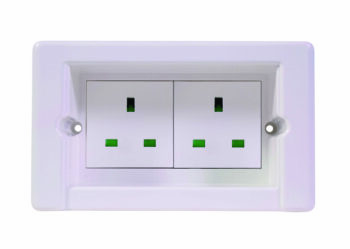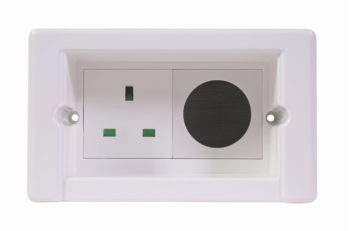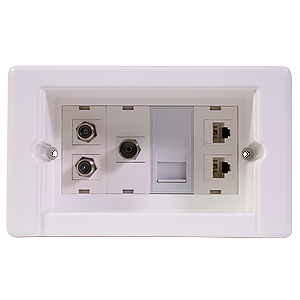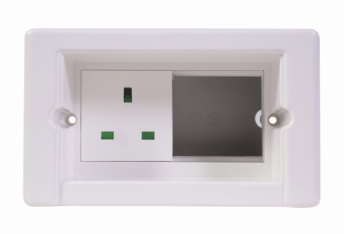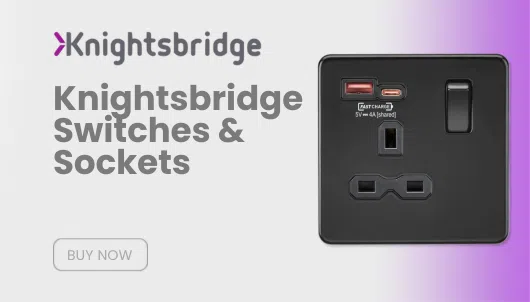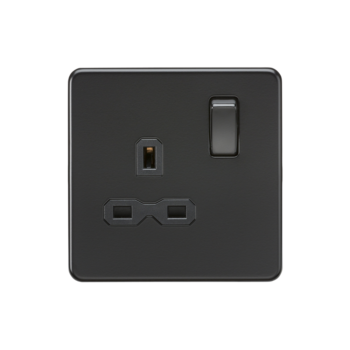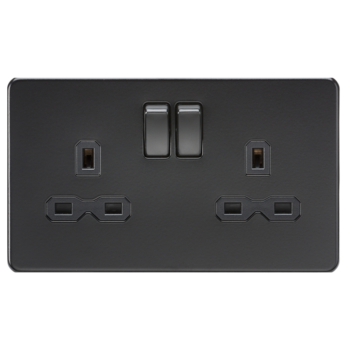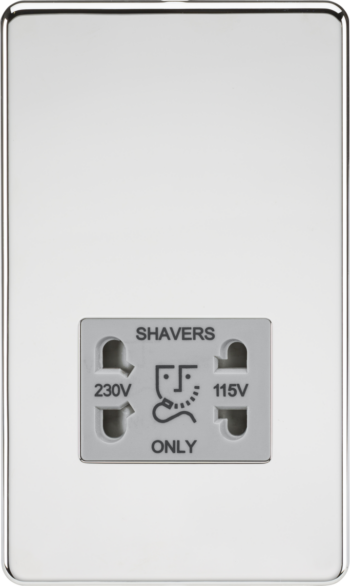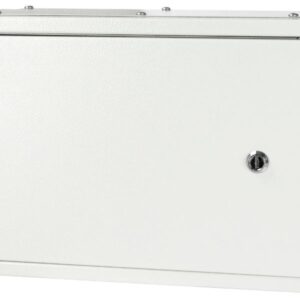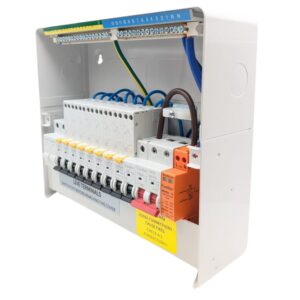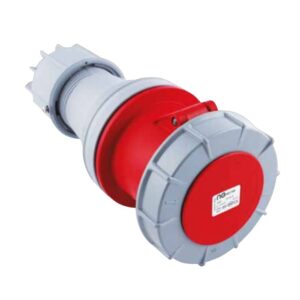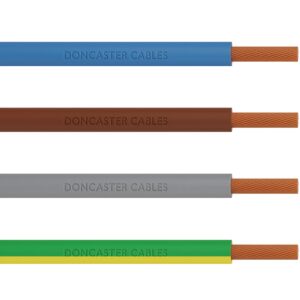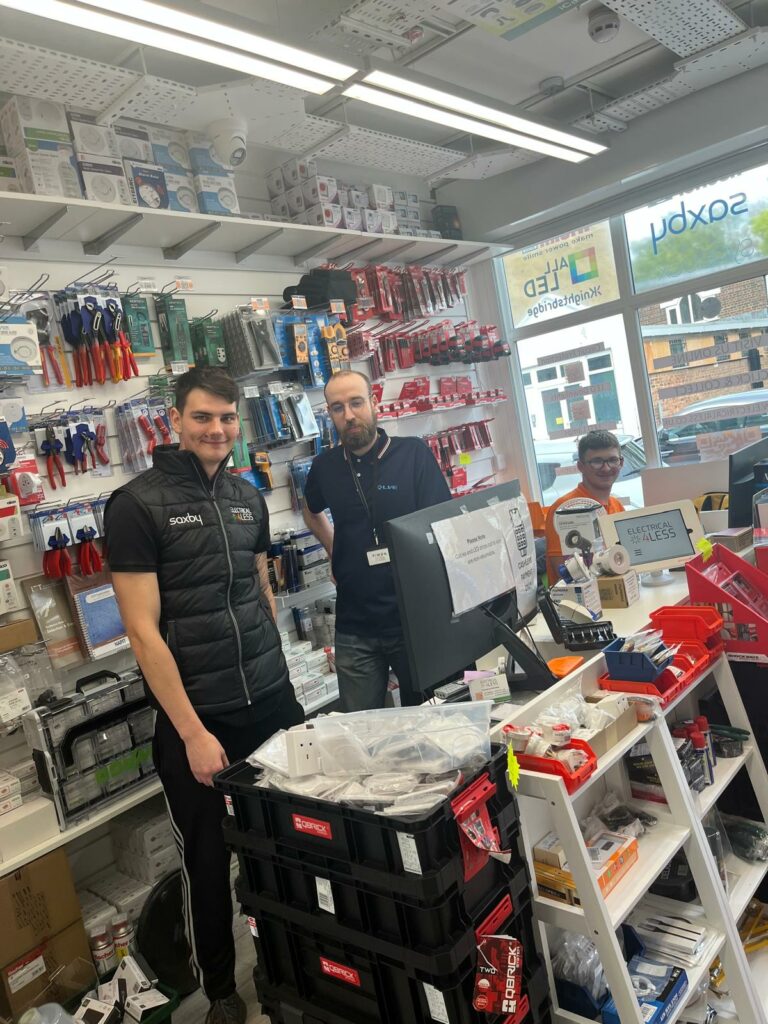Complete Guide to FuseBox Residual Current Circuit Breakers with Overload Protection
In modern electrical installations, Fusebox RCBOs (Residual Current Circuit Breakers with Overload protection) are essential components in delivering safety, reliability, and convenience. An RCBO protects both people and electrical systems by automatically cutting off power if it detects an earth fault, overload, or short circuit. With Fusebox as a trusted brand in electrical safety, this guide will walk you through everything you need to know about Fusebox RCBOs—from their purpose and design to the practical benefits they offer for both single-phase and three-phase applications.
This guide is designed to inform homeowners, electricians, and facility managers on the critical role of RCBOs in today’s electrical systems, offering valuable insights on how to make informed choices for safe and compliant installations.
Table of contents
- Complete Guide to FuseBox Residual Current Circuit Breakers with Overload Protection
- What is a Fusebox RCBO?
- How Does an RCBO Differ from an MCB or RCD?
- Understanding Single-Phase and Three-Phase RCBOs
- How Fusebox RCBOs Work
- Key Benefits of Using Fusebox RCBOs
- How to Choose the Right Fusebox RCBO for Your Consumer Unit
- UK Regulations and Standards for RCBOs
- Installation and Maintenance Tips
- Conclusion
What is a Fusebox RCBO?
A Fusebox RCBO is a safety device designed to detect and disconnect electrical circuits in the event of earth faults, overcurrents, or short circuits. These compact devices combine the functions of a Residual Current Device (RCD) and a Miniature Circuit Breaker (MCB) in a single unit, ensuring both overcurrent and residual current protection.
When installed within a Fusebox consumer unit, RCBOs protect individual circuits and allow users to manage each circuit independently. This is especially useful for circuits with different electrical demands, such as kitchen appliances, outdoor lighting, and HVAC systems, all of which benefit from customized protection.
How Does an RCBO Differ from an MCB or RCD?
While both MCBs and RCDs serve important functions, they are limited in scope compared to RCBOs. Here’s a brief overview:
- MCB (Miniature Circuit Breaker): Protects against overcurrent and short circuits but doesn’t respond to earth faults.
- RCD (Residual Current Device): Detects and prevents earth faults, but offers no protection against overcurrent or short circuits.
- RCBO (Residual Current Circuit Breaker with Overload Protection): Combines the features of both, safeguarding against overcurrent, short circuits, and earth faults.
Essentially, an RCBO consolidates the functions of an MCB and an RCD, making it the ideal choice for comprehensive circuit protection.
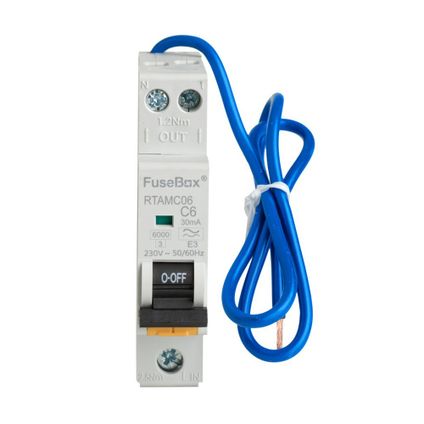
Understanding Single-Phase and Three-Phase RCBOs
When choosing a Fusebox RCBO, understanding single-phase and three-phase configurations is key to ensuring compatibility with the existing electrical system.
- Single-Phase RCBOs: Commonly used in residential and small commercial applications, single-phase RCBOs manage one active conductor and one neutral. This type of RCBO protects individual circuits and is ideal for household appliances and small equipment.
- Three-Phase RCBOs: Used in commercial and industrial settings, three-phase RCBOs protect circuits where three-phase power supplies are required, such as in machinery, HVAC systems, and industrial lighting. They are capable of managing higher loads and multiple currents simultaneously.
Choosing between single-phase and three-phase RCBOs depends on the electrical setup and power requirements of the installation.
How Fusebox RCBOs Work
Fusebox RCBOs operate by continuously monitoring the flow of current through a circuit. They feature two primary mechanisms:
- Residual Current Protection: If an imbalance is detected between the live and neutral currents (indicative of an earth fault), the RCBO will trip and disconnect the circuit. This helps prevent electric shocks by stopping current flow when it could be harmful.
- Overload and Short Circuit Protection: If the current exceeds a safe level or if a short circuit occurs, the RCBO’s thermal or magnetic trigger will activate, disconnecting the circuit and preventing potential damage or fires.
This combination of residual current and overcurrent protection makes Fusebox RCBOs versatile and effective in securing circuits against a wide range of hazards.
Key Benefits of Using Fusebox RCBOs
Fusebox RCBOs bring multiple advantages to residential, commercial, and industrial settings, ensuring a comprehensive approach to electrical safety.
- Enhanced Safety: Combining residual current and overcurrent protection, Fusebox RCBOs minimize the risk of electric shocks, equipment damage, and fires.
- Circuit Isolation: Since each RCBO protects an individual circuit, a fault in one area won’t affect others, allowing essential circuits to remain operational while resolving issues.
- Efficient Troubleshooting: RCBOs isolate faults quickly, making it easier for electricians to identify and fix issues without affecting the entire electrical setup.
- Space-Saving: By consolidating RCD and MCB functions in a single device, RCBOs save space within consumer units.
- Compliance: Fusebox RCBOs are designed to meet or exceed the latest UK safety regulations, ensuring installations are up to code and legally compliant.
How to Choose the Right Fusebox RCBO for Your Consumer Unit
Selecting the correct Fusebox RCBO requires careful consideration of the circuit’s unique needs, including current rating, tripping characteristics, and application type.
- Current Rating: Choose an RCBO with an appropriate current rating based on the electrical load of the circuit. Fusebox offers RCBOs in various ratings to cater to different appliances and applications.
- Tripping Characteristics: RCBOs are available in different tripping classes, such as Type B, C, and D:
- Type B: Triggers at lower current levels, suitable for household circuits.
- Type C: Best for commercial circuits with higher inrush currents, such as equipment with motors.
- Type D: Used in industrial settings with high inrush currents, like heavy machinery.
- Single or Three-Phase Compatibility: For residential setups, a single-phase RCBO is usually sufficient. However, industrial applications often require three-phase RCBOs to handle higher loads.
- Fault Sensitivity: RCBOs are available in different sensitivities, with 30mA as the standard for residential installations. However, commercial and industrial setups may require lower or higher sensitivity depending on the specific safety requirements.
Selecting the right Fusebox RCBO for each circuit maximizes safety and ensures compliance with UK standards.
UK Regulations and Standards for RCBOs
In the UK, the 18th Edition of the BS 7671 Wiring Regulations governs the use and installation of RCBOs, mandating certain standards to enhance safety and reliability. Key highlights include:
- Individual Circuit Protection: Each circuit should ideally be protected by an independent RCBO to prevent entire system shutdowns during a fault.
- 30mA Sensitivity Requirement: For residential properties, RCBOs with 30mA sensitivity are the standard requirement.
- Type B and Type C Preferences: Type B RCBOs are preferred in residential settings, while Type C is more common in commercial installations.
- Regular Testing: BS 7671 recommends that RCBOs are tested regularly to ensure they function correctly, with a test button included on the device for routine checks.
Fusebox RCBOs are designed to comply fully with these regulations, providing reliable and effective solutions for various environments.
Installation and Maintenance Tips
Installation Guidelines
- Turn Off Main Power: Always switch off the main power before installation to avoid hazards.
- Select the Correct Rating: Ensure the RCBO rating matches the requirements of the circuit.
- Follow Wiring Instructions: Refer to the Fusebox installation manual for detailed wiring instructions and always adhere to UK regulations.
Maintenance Tips
- Routine Testing: Use the test button on the RCBO monthly to verify its functionality.
- Visual Inspections: Check for wear or damage periodically, especially after heavy usage or electrical storms.
- Professional Assessment: Schedule professional maintenance at regular intervals to ensure the system’s continued reliability and compliance.
Regular maintenance of Fusebox RCBOs enhances their longevity, ensuring sustained protection for your circuits.
Conclusion
Fusebox RCBOs are vital components in safeguarding modern electrical installations. By providing both residual current and overload protection, they ensure a high level of safety for residential, commercial, and industrial applications. When installed as part of a Fusebox consumer unit, RCBOs add a reliable layer of protection, reducing the risk of electric shocks, fires, and equipment damage.
Whether you’re a homeowner upgrading your consumer unit or an electrician seeking compliant, high-quality products, Fusebox RCBOs offer versatile, robust solutions that meet the latest UK standards.
Find the full FuseBox RCBO range here!
An RCBO combines overload and earth fault protection in a single device, ensuring comprehensive circuit safety.
Unlike an MCB, which only provides overcurrent protection, an RCBO offers both overcurrent and earth fault protection.
RCBOs come in Type B, C, and D, with each suited to different applications based on inrush current levels.
No, single-phase RCBOs are only suitable for single-phase systems.
Routine testing ensures the RCBO functions correctly, maintaining the safety and compliance of your electrical system.





